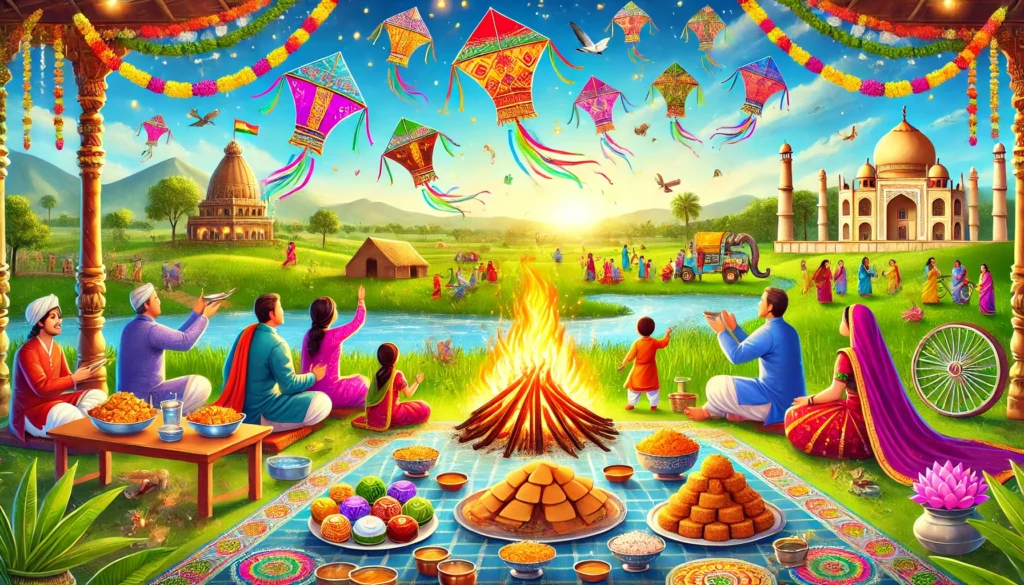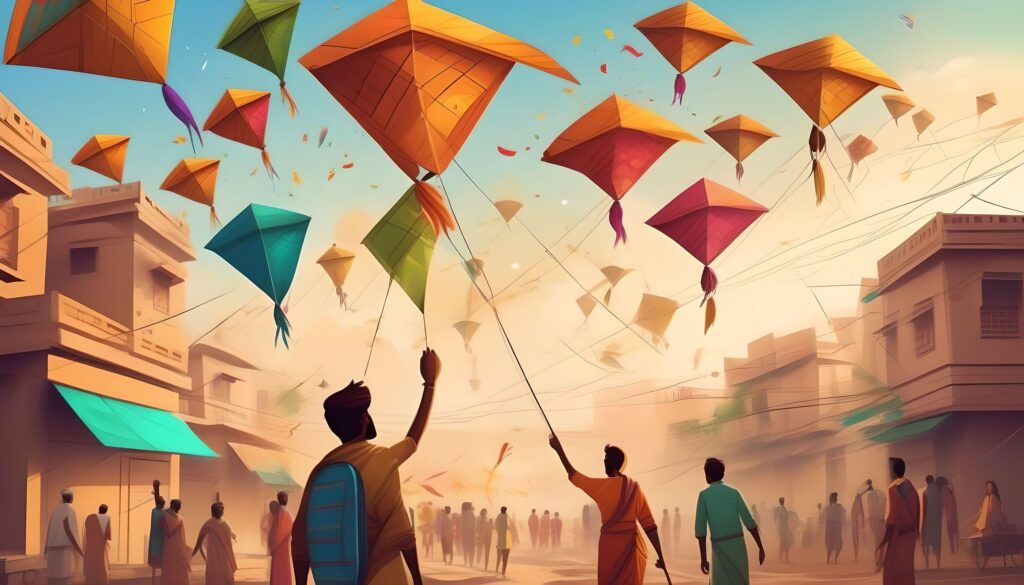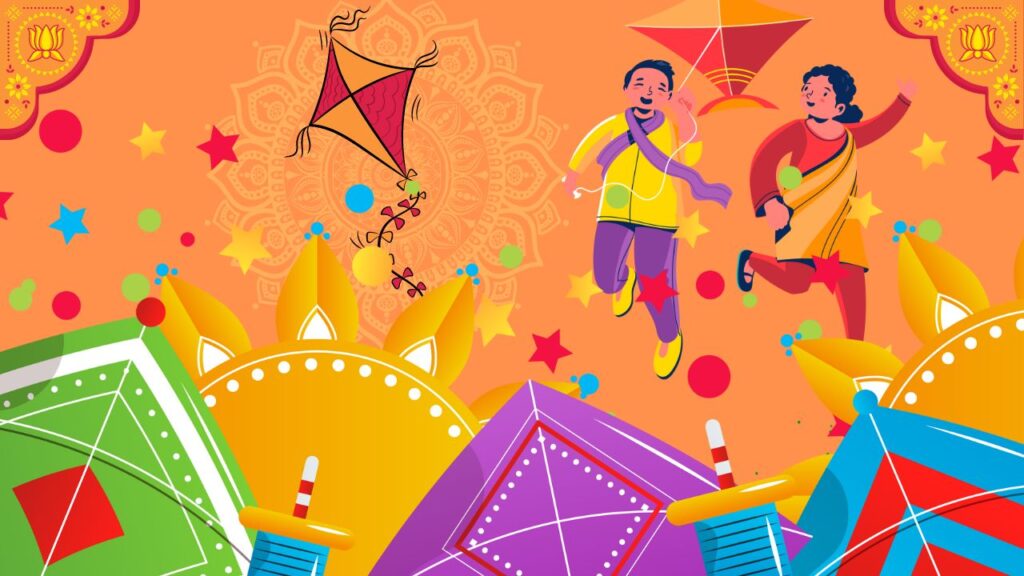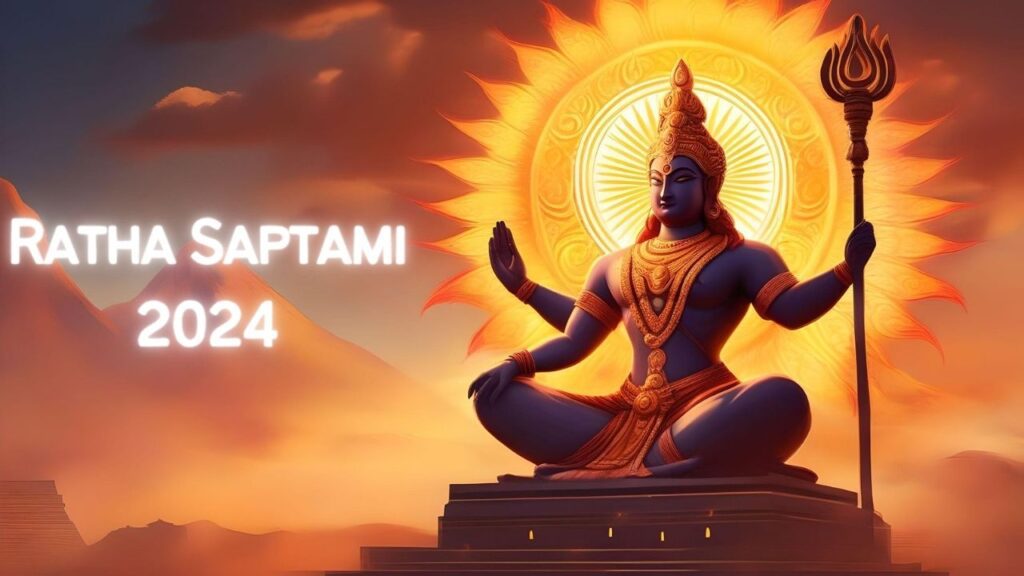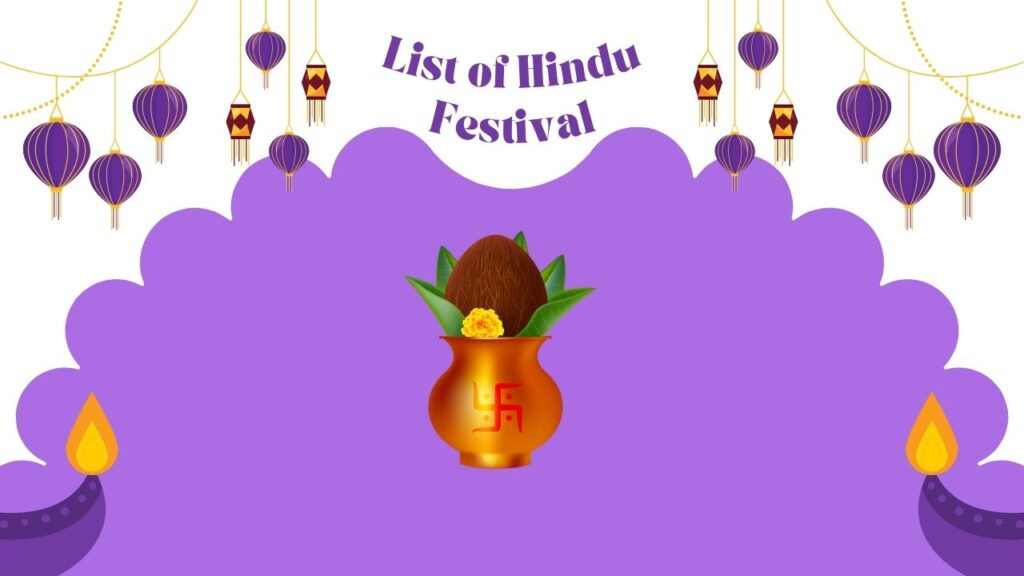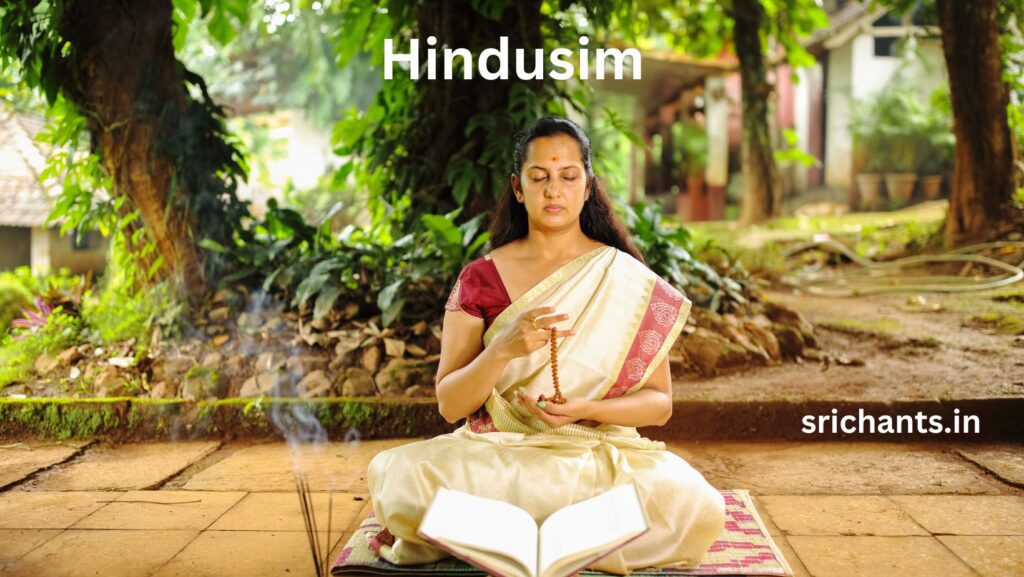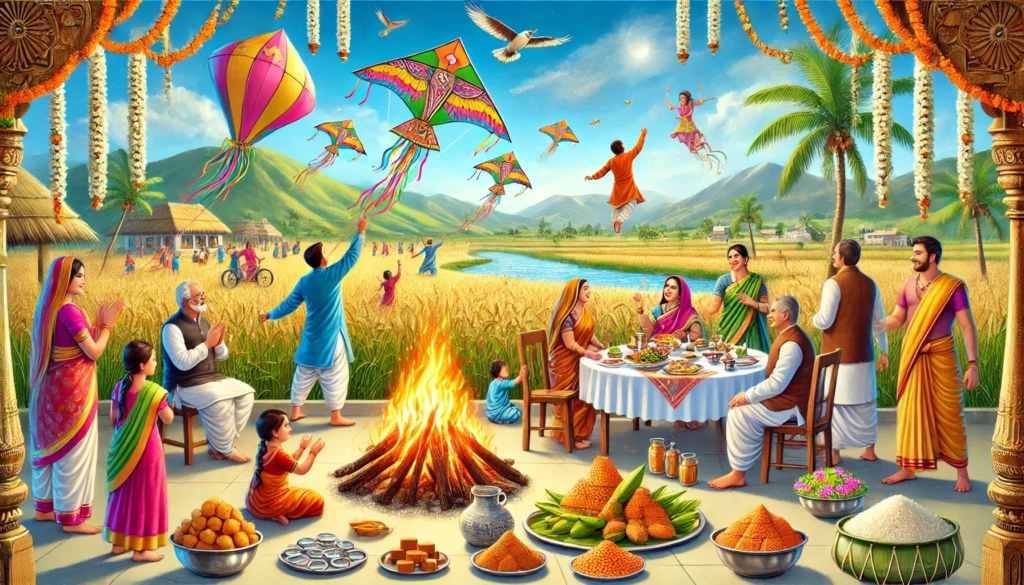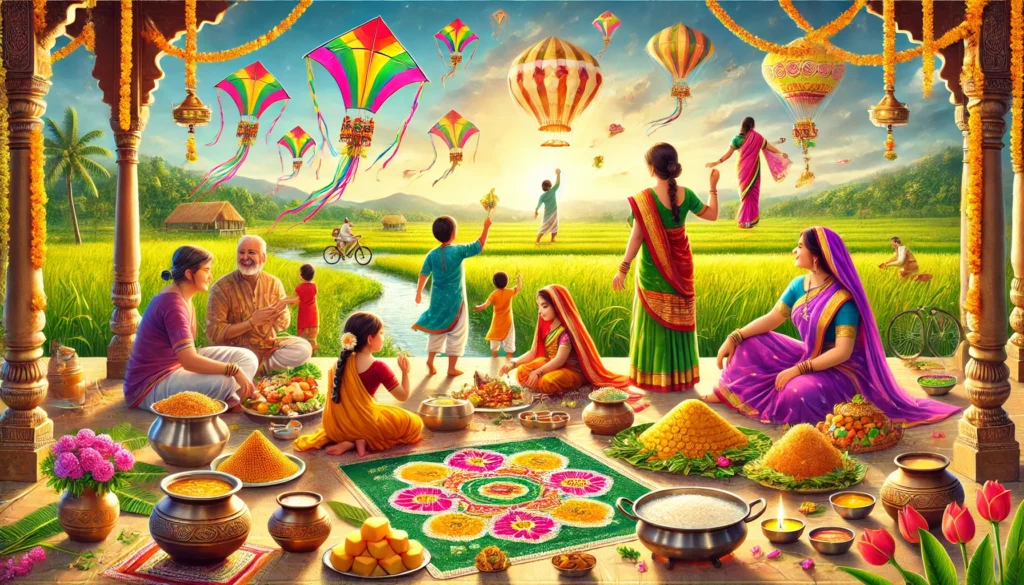Happy Sankranti 2025: A Festival of Joy and Traditions
Introduction
Date: January 14, 2025
When it comes to Indian holidays, Makar Sankranti ranks high on the list of fortunate occasions. As the Sun moves into Capricorn (Makara) in the zodiac, we bid farewell to the cold winter and welcome the arrival of longer, warmer days. This lively celebration, which is known to spread happiness, optimism, and hope, will take place on January 14, 2025.
This celebration is more than the sum of its parts; it is a lovely synthesis of many cultures, an expression of appreciation for the natural world, and a time of spiritual reflection. Depending on where you are, you might hear it called Pongal, Uttarayan, Maghi, or Bihu. The common themes of harvest and thankfulness bring people from all over India together during the festival.
The Meaning Behind Makar Sankranti
The Sun’s northern journey, or Uttarayana, begins at Makar Sankranti. This season marks the transition from winter to spring, when longer, darker days give way to longer, lighter ones. It is also thought that plenty of good fortune and joy will follow the Sun’s entrance into Capricorn.
Uttarayana is a very fortunate time for Hindus. Bhishma Pitamah opted to leave his mortal body during Uttarayana, according to the epic Mahabharata, because it is thought that souls departing during this season obtain salvation.
The Cultural Richness of Sankranti
1. Celebration in Tamil Nadu: Pongal
In Tamil Nadu, the festival spans four days and is celebrated as Pongal. Each day has a specific significance:
- Bhogi Pongal: The first day is marked by cleaning and discarding old things.
- Thai Pongal: The second day is dedicated to worshipping the Sun God. Families prepare a dish called Pongal using freshly harvested rice.
- Mattu Pongal: The third day honors cattle for their role in farming.
- Kaanum Pongal: The final day is for family outings and gatherings.
2. Gujarat and Rajasthan: Uttarayan
On this day, the skies above Gujarat are adorned with colorful kites. As much as it is a sport, kite flying is also a great way to spend quality time with loved ones. Undhiyu and jalebi are some of the delicious native cuisines that are adored.
3. Punjab: Lohri and Maghi
Makar Sankranti follows Lohri, which is celebrated on January 13. There are folk dances, traditional melodies, and bonfires. Observance of Maghi, the following day, involves worship, sacred baths, and festival fare such as sarson da saag and makki di roti.
4. Assam: Magh Bihu
The Assamese festival of Magh Bihu is a time for communal bonfires, traditional games, and feasts. The ceremony includes the construction and subsequent burning of makeshift dwellings known as Bhelaghar.
5. Maharashtra and Karnataka: Tilgul Tradition
The Maharashtrian greeting “Tilgul ghya, god god bola” (eat sweets and talk pleasantly) is used when exchanging tilgul, which are sesame and jaggery candies. It represents the importance of being sweet and gentle in relationships.
Traditional Rituals and Practices
1. Holy Dips in Sacred Rivers
Makar Sankranti is celebrated by millions of bathers jumping into sacred rivers such as the Godavari, Yamuna, and Ganga. The belief is that this procedure can cleanse the soul and remove sins.
2. Worshipping the Sun God
Because of its critical role in maintaining life on Earth, the Sun is venerated. At dawn, sacrifices are made, including flowers, water, and sesame seeds.
3. Charity and Generosity
One important aspect of the event is the distribution of food, clothing, and money to those in need. The festival’s focus on thankfulness is mirrored in the practice of sharing good fortune with those less fortunate.
4. Kite Flying
Kite flying is one of the most joyous aspects of the festival. It’s not just a sport but a symbol of reaching new heights and aspirations.
5. Feasting on Traditional Delicacies
Food is an integral part of the celebrations. Some popular dishes include:
- Tilgul Laddoos: Sweet balls made of sesame and jaggery.
- Khichdi: A simple dish made of rice, lentils, and vegetables.
- Pongal: A Tamil Nadu specialty made with rice and jaggery.
- Pithe: Bengali sweets made from rice flour and jaggery.
Scientific Importance of Makar Sankranti
Science and tradition both have a place in Makar Sankranti. The winter solstice ends and the days grow longer at this time. After a long, cold winter, people’s skin will be able to absorb more vitamin D and warmth from the sun during this time.
Fun Facts About Makar Sankranti
- Makar Sankranti is one of the few Hindu festivals celebrated on a fixed date every year—January 14.
- The festival is mentioned in ancient texts like the Puranas.
- In Gujarat, international kite flyers participate in the Kite Festival, adding a global touch to the celebrations.
- The term Makara means Capricorn, and Sankranti signifies the transition of the Sun.
- The black sesame seeds used in rituals symbolize absorption of negativity and renewal of energy.
How to Celebrate Happy Sankranti 2025
- Fly Kites with Loved Ones: Spend quality time flying kites with family and friends.
- Prepare Festive Dishes: Experiment with traditional recipes like khichdi or tilgul laddoos.
- Take Part in Local Events: Join community celebrations like bonfires or cultural programs.
- Offer Prayers to the Sun God: Wake up early and offer water to the rising Sun.
- Donate to Charity: Share your blessings with the less fortunate by donating clothes or food.
Conclusion
A festival of life, gratitude, and community, Makar Sankranti is more than that. It teaches us to be grateful for what nature has given us, to welcome change, and to be nice to one another. Let us open our hearts and minds to the season of optimism and hope on January 14, 2025.
This Sankranti, while the kites soar and the sun shines bright, may you be motivated to reach for the stars, extend kindness to others, and appreciate the little things in life. May Sankranti be a joyous occasion for you and all your loved ones!
